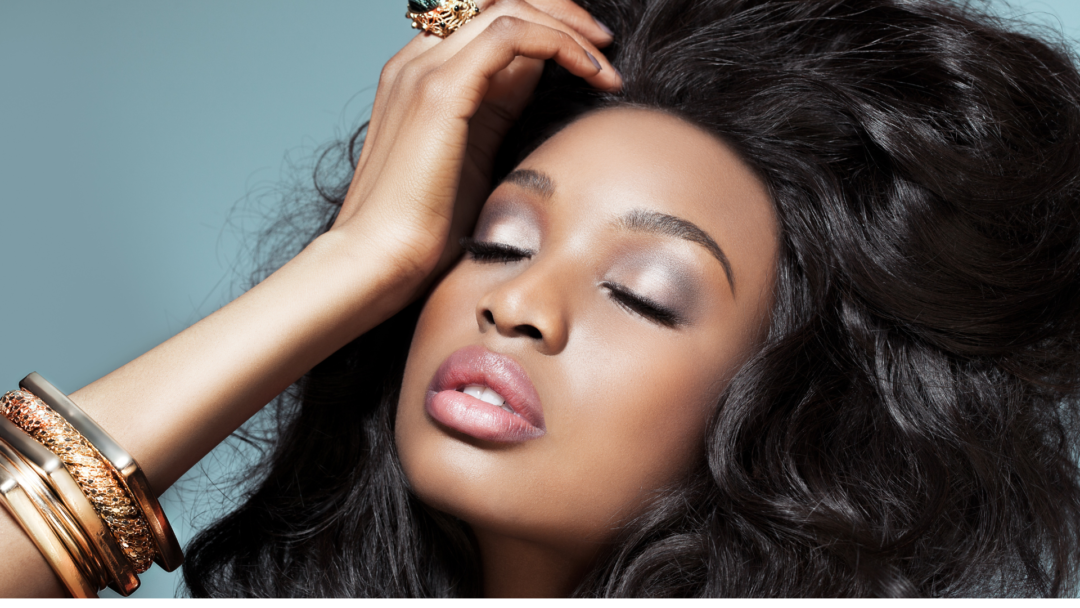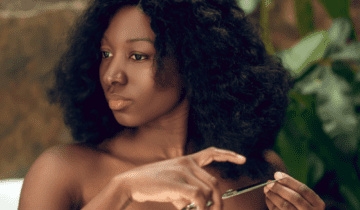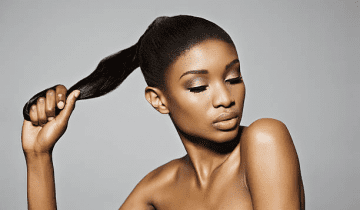In the vibrant world of hair textures, Yaki stands out as a captivating and versatile option that has gained popularity among individuals seeking to express their unique style. Whether you’re new to Yaki hair or a seasoned enthusiast, this comprehensive guide will shed light on what you need to know about this distinctive texture, its origins, styling possibilities, and how it has evolved into a celebrated form of self-expression.
Origins and Essence of Yaki Hair
Yaki hair texture draws inspiration from the rich heritage of Black hair, particularly the traditional styling techniques that emulate the appearance of relaxed or chemically treated hair. The term “Yaki” originates from the Japanese word “焼き,” meaning “to grill” or “to roast,” reflecting the texture’s intention to mimic the look of straightened or relaxed hair. Yaki hair texture bridges the beauty of natural curls and the sleekness of straight hair, allowing individuals to explore diverse styles while retaining a connection to their roots.
Varieties of Yaki Hair
Yaki hair texture encompasses a range of options, each offering a distinct visual and tactile experience:
- Regular Yaki: This texture mirrors the appearance of relaxed hair, providing a smooth and polished look. It is an excellent choice for individuals seeking a sleek and straightened style.
- Kinky Yaki: Embracing the charm of coarser textures, kinky Yaki adds depth and dimension to hairstyles. It replicates the appearance of natural afro-textured hair, celebrating the beauty of curls and kinks.
- Light Yaki: A subtler version of Yaki, light Yaki strikes a balance between straight and textured, offering a refined yet textured aesthetic.
- Coarse Yaki: This variant captures the essence of voluminous, natural hair with its thicker strands and bold appearance. It’s famous for those aiming to achieve a bolder, more voluminous look.
Styling and Maintenance
Yaki hair texture presents a canvas for various styling possibilities, from sophisticated updos to flowing manes. Here are some key tips for styling and maintaining Yaki hair:
- Heat Protection: Given that Yaki hair often involves heat styling, applying a heat protectant before using heat tools is crucial to prevent damage and maintain the texture’s integrity.
- Moisture Management: Just like any hair texture, proper moisture is essential. Regular deep conditioning treatments and hydrating hair care products can help keep Yaki hair looking lustrous and healthy.
- Gentle Handling: Yaki hair may require extra care to prevent tangling and matting. Use wide-toothed combs, detangle gently, and opt for protective styles to minimize manipulation.
- Styling Diversity: Yaki hair allows various styling options, including sleek straight looks, textured curls, braids, twists, and more. Explore different styles to match your mood and occasion.
Embracing Yaki: A Statement of Identity
Yaki hair texture is a testament to the evolving landscape of Black hair and its vibrant heritage. It offers a platform for individuals to express their individuality and creativity while honoring the diversity of textures within the Black community. Whether you’re drawn to the polished allure of regular Yaki or the bold statement of kinky Yaki, embracing this texture celebrates the beauty that resides in both tradition and innovation.
In a world that celebrates uniqueness, Yaki hair texture emerges as a symbol of empowerment, enabling individuals to curate their appearance and confidently showcase their identity. As you embark on your journey with Yaki hair, remember that it’s not just a style; it’s an homage to the artistry of self-expression and an exploration of the beauty that thrives within textured diversity.
Read other articles by us: Style Blog – BeDazzle Hair Sista




